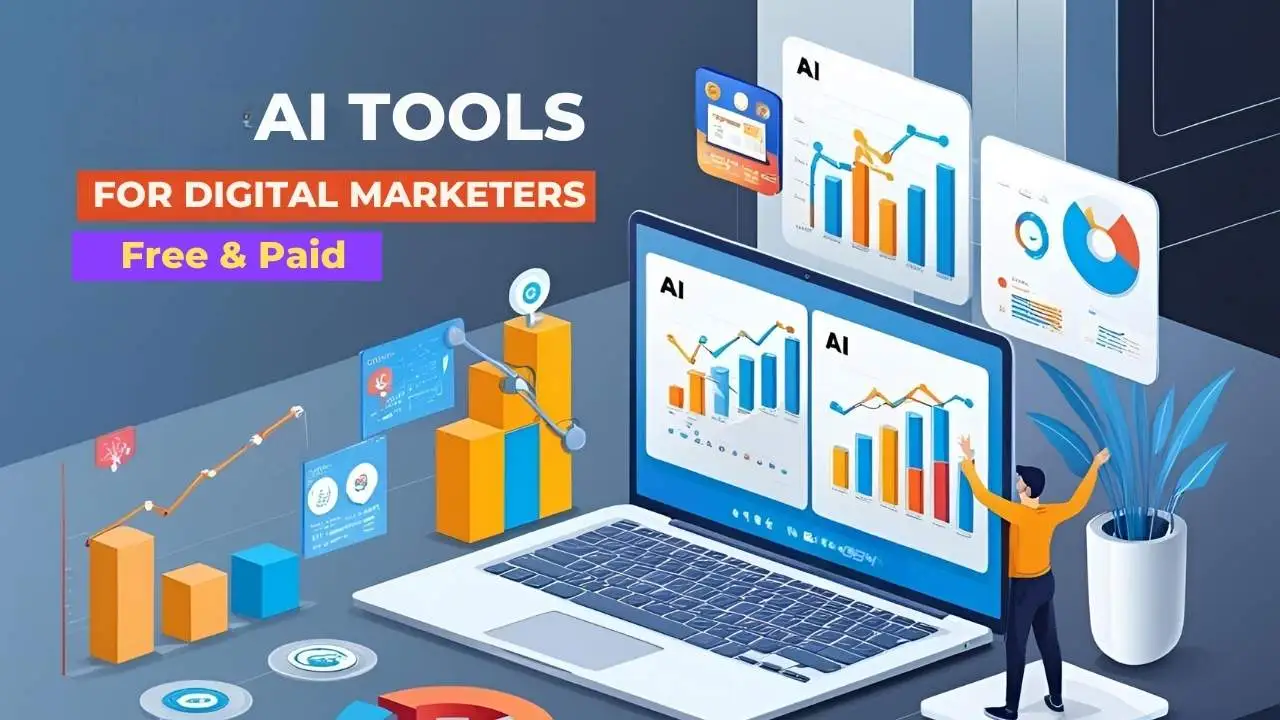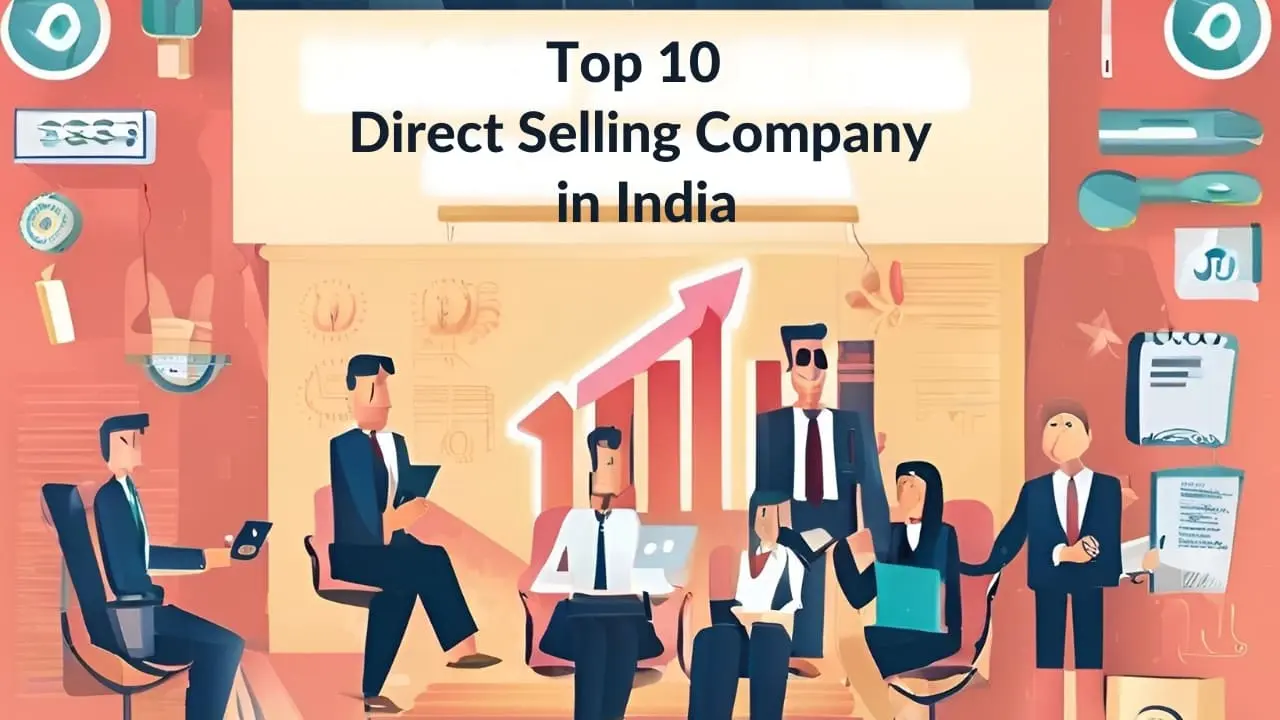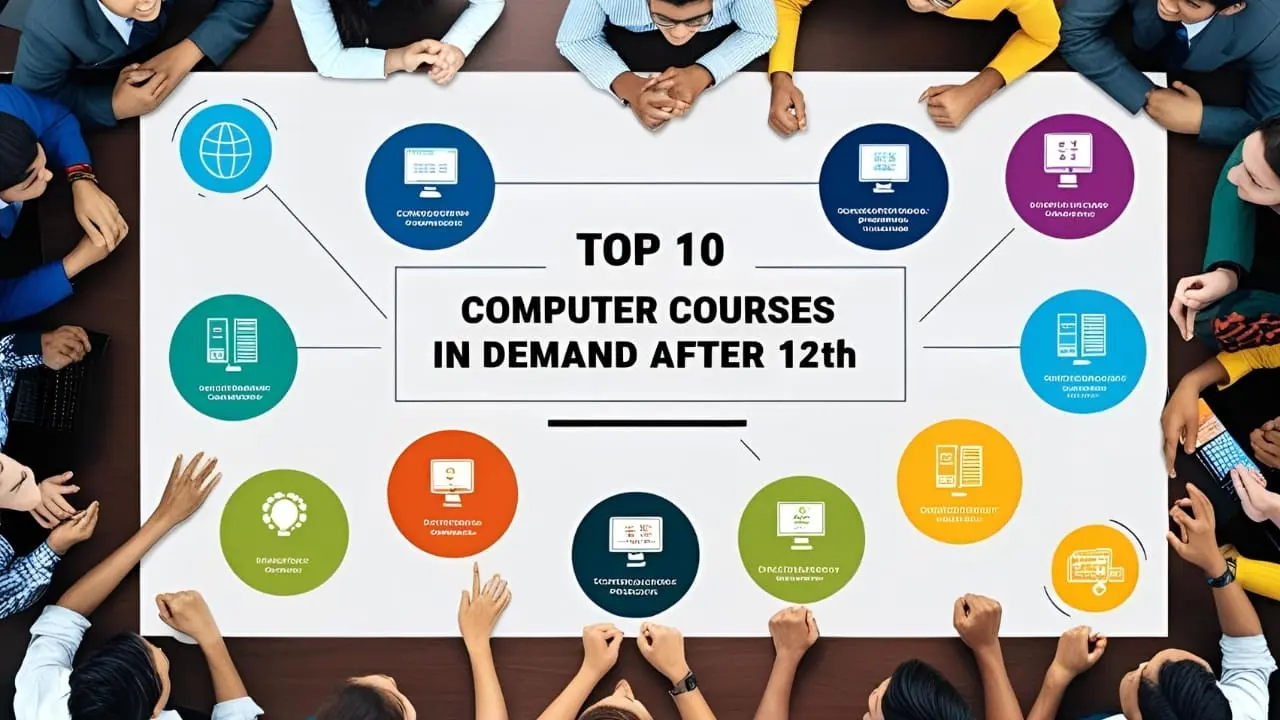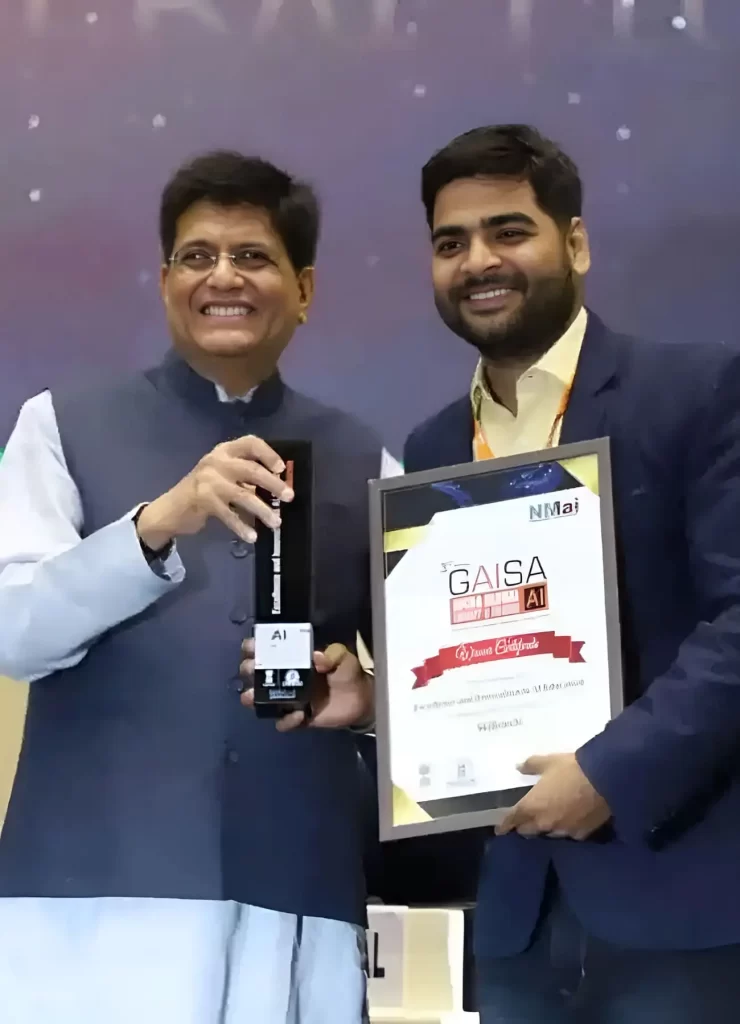
Businesses today have a wide range of methods they can use to tell their customers about their products and services. As a majority of people use the internet, there are others who use methods outside of the internet. The two types of marketing are called online marketing and offline marketing, respectively. There is no doubt that there is a difference between online marketing and offline marketing. But what is the real difference between them? In this article, I will explain it in a very simple and easy way that anyone can understand.
As part of this discussion, we will also examine the benefits of offline marketing as well as benefits of online marketing. This guide will help you gain a better understanding of how both types of marketing work, whether you are running a business or are just curious about them.
Let’s get started!
Tired of not getting a JOB?
Diploma Course in Digital Marketing
With 100% Job Guarantee
Learn effective marketing strategies & maximize your income with our online and offline courses.
What is Online Marketing?
There are a variety of techniques and methods that businesses can use to market their products and services online. This includes a lot of things that you may already be familiar with, like websites, social media, email, and online ads. If you see a video on Facebook or Google something and find a company’s website as a result of seeing an ad, then that is online marketing at work!
Some examples of online marketing are:
- Social media posts and advertisements
- Newsletters and promotions via email
- Pay-Per-Click ads (also known as Google Ads)
- YouTube videos and commercials
- Blog posts and website content that help with SEO
A powerful advantage of online marketing is that it enables businesses to reach people all around the world with just a few clicks.
What is Offline Marketing?
Using offline marketing means businesses can reach their target audience without using the Internet. It includes everything from TV commercials to radio ads to flyers, posters, and billboards. This type of marketing occurs if you see an advertisement on television or receive a flyer in the mail.
Some examples of offline marketing are:
- Television commercials
- Radio spots and ads
- Flyers, brochures, and business cards
- Newspaper and magazine ads
- Posters and billboards
- Trade shows and business events
It is clear that offline marketing has been around for a very long time, and it is still very useful today, especially in terms of connecting with local customers.

Benefits of Online Marketing vs Benefits of Offline Marketing?
It is important to realize that the main difference between online marketing and offline marketing is the location where the marketing takes place. Online marketing takes place on the internet, while offline marketing takes place in the physical world.
With online marketing, you will have the opportunity to talk to potential customers around the world quickly, and usually at a lower cost. The offline marketing method focuses on reaching people where they live, work, and travel every day, which is often more personal and feels like it is more relevant.
Another big difference is tracking results. With online marketing, it’s easy to see how many people visited your website or clicked on your ad. Offline marketing is harder to track because you might not know how many people saw your billboard or listened to your radio ad.
There are strengths and weaknesses to both methods. Take a look at the benefits of both online marketing and offline marketing in order to get a better understanding of them.
Benefits of Online Marketing
There are many great benefits of online marketing that make it very popular for businesses today. Here are a few important ones:
1. Reaches a Global Audience:-
Online marketing provides businesses with the opportunity to reach people all over the world. Whether you live in a small town or not, people can see your products or services everywhere.
2. Lower Costs:-
The cost of online advertising is usually much lower than that of traditional advertising such as TV and radio. Even small businesses with limited budgets can advertise online and see great results.
3. Easy to Measure:-
Businesses can easily track how many people click on their ads, visit their websites, or make purchases online. As a result, businesses are able to see what works and what needs to be improved.
4. Flexibility:-
It is possible to change online marketing campaigns quickly. Without wasting time, businesses can update ad campaigns or websites as soon as something doesn’t work.
5. Targeted Advertising:-
Businesses can target their ads based on age, interests, location, and even online behavior through online marketing. This results in more effective ads and savings.
The benefits of online marketing make it a smart choice for businesses looking to grow rapidly.
Benefits of Offline Marketing
The benefits of offline marketing cannot be overstated, even if online marketing is popular. Let’s take a look at them:
1. Builds Stronger Trust:-
Offline marketing is more trusted by many customers, particularly older ones. It feels more real and personal to them when they see a brochure, a newspaper ad, or meet someone at an event.
2. Reaches Local Customers:-
A number of offline marketing strategies, such as flyers, posters, and local events, can be very effective in reaching local clients. You can connect with your community through it.
3. Longer Lifespan:-
It is possible for people to keep offline marketing materials, such as brochures, magazines, or flyers, for weeks or even months in their homes or offices. You can keep reminding them about your business with a flyer instead of an online ad that disappears quickly.
4. Stronger Personal Connection:-
People feel a stronger connection to your brand when they meet your business or hold something you made. As a result, trust and loyalty can increase.
5. Less Competition:-
Social media and websites are full of advertisements right now, making it difficult for your online presence to stand out from the crowd. Offline marketing methods, such as a well placed poster or a local event, however, have less competition, which means that your message stands out more.
Offline marketing still has a lot of power even in this digital age.

Tools For Online Marketing vs Offline Marketing: Comparison
Learning about the tools used in each type helps you understand online marketing vs offline marketing. Here are some tools that help make both work well.
 Online Marketing Tools:
Online Marketing Tools:
- Google Ads – For running search and display ads
- Facebook & Instagram Ads Manager – To target users on social media
- Mailchimp – For sending email marketing campaigns
- Canva – To design social media posts and ad creatives
- Google Analytics for monitoring campaign performance and website traffic
- WordPress or Shopify – For managing blogs or online stores
These tools help businesses decide whether to market online or offline and let them see how users are acting right now.
 Offline Marketing Tools:
Offline Marketing Tools:
- Printed Flyers & Posters — For local promotion and street-level advertising
- Newspaper & Magazine Ads – To reach a wide audience offline
- Radio & TV Commercials – For brand awareness among general public
- Billboards & Hoardings – To attract local attention
- Event Marketing Materials – Banners, pamphlets, and standees used during exhibitions
Your audience and online vs offline marketing budget will determine the correct tools for you.
Online Marketing vs Offline Marketing: Which One Should You Choose?
There is no single right answer to the question of online marketing vs offline marketing. Before making such a decision, you should consider your business’s goals, needs, and customers.
Online marketing might be the best option if you want to reach a global audience quickly. Offline marketing may be a better choice if you want to build trust with local customers.
The best strategy is often to use both! Your business can reach more people and build a stronger brand if you combine online and offline marketing.
Smart Ways to Use Both Online and Offline Marketing
To do really successful business, You should combine both online marketing and offline marketing methods to boost business growth. I have some simple ideas you should follow these:
Ensure that every flyer, poster, or business card you distribute includes your website and social media information.
- You should include your website and social media information on every Flyer, bill, or business card that you distribute to the peoples.
- In order to direct people directly to your website or online store, you can use QR codes on your published accessory items .
- You can achieve this by offering special online deals to people you meet offline so they will follow you online.
- To engage your followers, share stories and prints from original events on your social media accounts.
By combining online and offline marketing, you can make it easier for guests to discover you, trust you, and purchase from you.

Conclusion: Understand the Difference Between Online Marketing and Offline Marketing
Today, any business must know the difference between online marketing and offline marketing. Both methods of marketing have own strengths and weaknesses.
The benefits of online marketing include low costs, easy tracking, fast changes, and global reach. One of the benefits of offline marketing is that it creates a stronger sense of trust, a local connection, and material that lasts for a longer period of time.
When it comes to online marketing vs offline marketing, keep in mind that the most effective plan often combines both. As a result, you will be able to reach more people, build better relationships, and grow your business more effectively.
Ultimately, understanding both online and offline marketing will allow you to make better choices and create a successful future for your brand if you are able to understand both types of marketing.
Frequently Asked Questions
Yes, most of the time. The cost of online marketing is usually lower than offline marketing since you don't have to pay for printing or TV ads. It's also possible to start with a small budget and then grow from there.
There is still a need for offline marketing because not everyone uses the internet all the time. In addition, many people trust ads in real-life media, such as newspapers and TV, over Internet ads.
Posting on social media, running Google ads, sending marketing emails, and creating blogs are examples of online marketing.
There are many offline marketing methods, such as handing out flyers, putting up billboards, mailing postcards, holding live events, or advertising on TV and radio.
Yes, of course. Online marketing can be difficult due to the large number of ads. Additionally, people may not trust every online ad they see.
I agree. The fact that offline marketing feels more authentic and personal than online ads is one reason why people trust it more.












